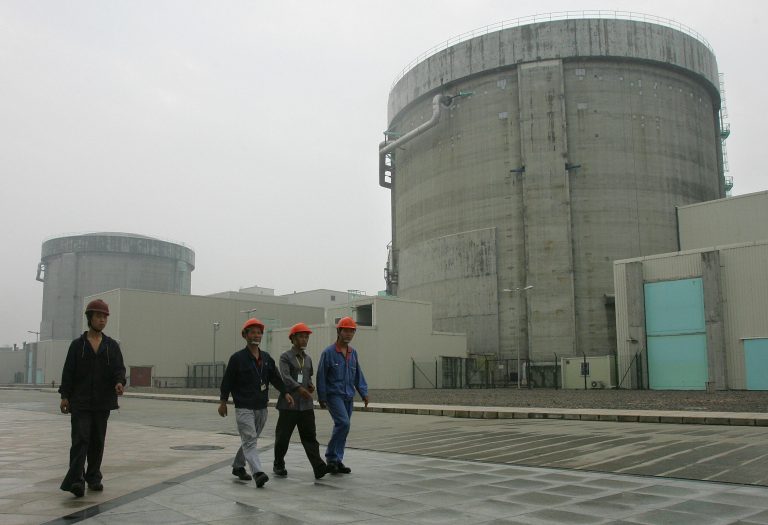On Thursday, June 17, prominent Chinese nuclear scientist and vice-president of Harbin Engineering University, Zhang Zhijian, was found dead after what appears to be a fall from a building at the universities’ campus.
The university, located in the northeast Chinese province of Heilongjiang, published a statement on Friday on the Chinese social media platform Weibo stating, “Harbin Engineering University announces with deep grief that Professor Zhang Zhijian regrettably fell off a building and died at 9:34am on June 17, 2021,” adding, “The university expresses deep sorrow over the passing of comrade Zhang Zhijian and deep condolences to his family.”
Homicide has been ruled out as a cause of death.
In addition to his roles as a professor and vice-president at the university, Zhang, was also the vice-president of the Chinese Nuclear Society and a member of the standing committee of the Communist Party committee at the university.
The scientist was awarded the Qian Sanqiang Technology Award in 2019 for his contributions to nuclear power simulation and safety research and, last May, was awarded the National Award for Excellence and Innovation, an honor endorsed by the central government.
Success
You are now signed up for our newsletter
Success
Check your email to complete sign up
His death comes two days after Yin Jingwei, 41, the former dean of the college of underwater acoustic engineering, was appointed as the new vice-president for the university and two years prior to his retirement.
Harbin Engineering University has close ties to the Chinese military and was banned last June, along with the Harbin Institute of Technology, from using U.S. developed computer software by the U.S. Department of Commerce.
Strategic loss
The loss of the prominent scientist comes days after the Taishan Unit 1 nuclear reactor experienced an “imminent” radiation hazard, and also as China and Russia deepen their cooperation in the nuclear energy industry.
In a virtual meeting on June 16, China and Russia agreed to expand their cooperation on nuclear energy.
Chinese leader Xi Jinping and his Russian counterpart, Vladimir Putin, participated in a virtual ceremony to launch the construction of four new reactors at two nuclear power plants in China.
Utilizing Russian technology the two plants, Tianwan located in Jiangsu and Xudapu located in Liaoning are part of a near US$3-billion deal that was signed in 2018.
The plants, when fully operational, are expected to produce 37.6 billion kilowatt-hours of power per annum. This is expected to translate into a reduction in carbon dioxide emissions of 30.68 million tonnes per year, state broadcaster CCTV reported.
During the virtual meeting the Russian leader hailed relations between the two countries stating, “It can be said that Russia-China relations have reached their highest level in history,” South China Morning Post reported.
Xi Jinping stated that energy has always been the most important area for the two countries to work together on and added that nuclear power is a “strategic priority,” a statement consistent with Beijing’s ambitious nuclear energy goals.
The ceremonies were conducted while questions were being raised about safety at the Taishan nuclear power station, which is located approximately 125 miles from Hong Kong in China’s southern province of Guangdong.
An operator for the plant, French owned Framatome, reported an “imminent radiological disaster” at the plant when a build up of two inert gases, krypton and xenon, were discovered. The build up of gases is suspected of being caused by damage to a small amount of fuel rods at the plant.
Despite the warning, the National Nuclear Safety Administration (NNSA) has stated that the challenges at the plant are a “known phenomenon, studied and provided for in the reactor operating procedures,” and that the damage to the rods are “due to the influence of uncontrollable factors in fuel manufacturing, transportation, loading and other links” adding that “a small amount of fuel rod damage is inevitable.”














